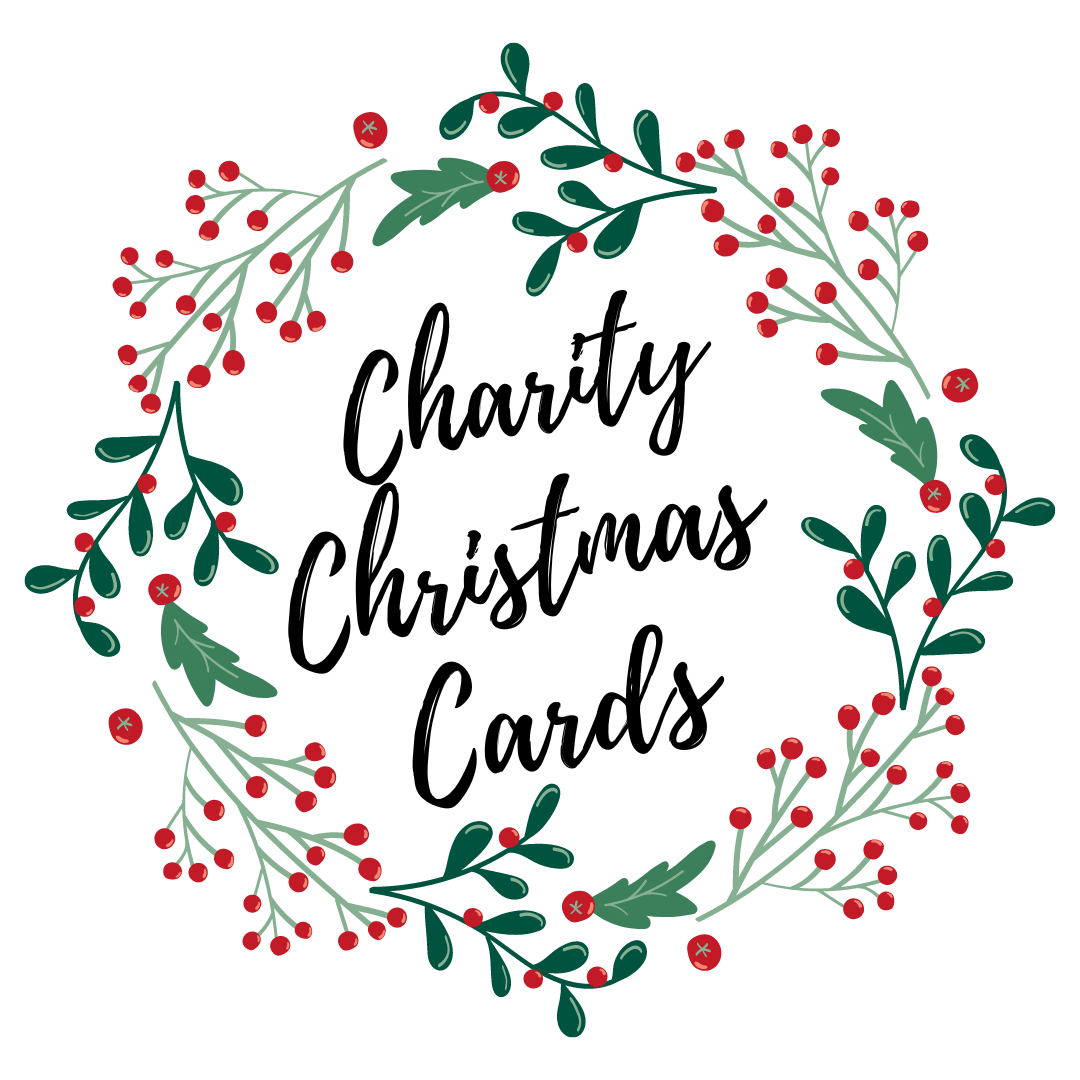December Most Loved Celebrations: German Christmas cards

The "Silent Night" chapel in Oberndorf, Austria, is shown on a holiday card and other German Christmas cards. The first Christmas cards were sent in England in 1843 by Henry Cole (1808–1882), who ordered 1,000 cards to be produced with the greeting, "A Merry Christmas and a Happy New Year to You."
What Were The First Christmas Cards?
The original Christmas card included a hand-coloured lithographed image of a Victorian family celebrating Christmas dinner (created by artist John Callcott Horsley). The first multicoloured chromolithographic ("chromos") Weihnachtskarten were printed in Boston in 1874 by German immigrant printer Louis Prang (1824–1909), starting the tradition in the United States. These were the country's first extensively used, commercial holiday cards.
Prang's Christmas cards had a sprig of three Killarney roses with the words "Merry Christmas" rather than holly or mistletoe. It is believed that his cards were so well-liked that girls kept track of how many "Prangs" they got over the holiday season in their diaries. Prang is known as the "Father of the American Christmas Card" because his business, which peaked around 1881, produced an estimated five million Christmas cards each year. Ironically, Prang was put out of business by 1890 due to the widespread importation of less expensive Christmas cards from Germany in the late 1880s. The Hall brothers (later Hallmark) of Kansas City, Missouri, produced a larger 46-inch card "book" style in 1915, which was another American card innovation.
German Christmas cards
Even though Germany began exporting cards, it wasn't until the first decade of the 1900s that Christmas cards spread throughout Germany. Before that, starting around 1800, sending New Year's cards rather than Christmas cards was more typical in German-speaking Europe; some German families still follow this tradition today. Christmas and New Year's cards saw a rapid increase in german language popularity after the German Alois Senefelder (1771-1834) invented lithographic printing in roughly 1798.
Many businesses and professionals in Austria and Germany started the custom of sending or distributing New Year's wishes to their clients and customers in the 1800s. For instance, regular customers received hand-coloured lithographed New Year's cards from a well-known Vienna café. In the future, chimney sweeps (Kaminfeger) had their own unique New Year's cards that showed sweeps in a wintery environment. Similar cards for christmas day existed for other professions.
The Stranger, The Better
The Königliche Eisengießerei (Royal Iron Foundry) in Berlin created a more peculiar "card." The foundry produced square cast-iron plaques featuring winter sceneries and reliefs of its products for the New Year of 1815 through 1820. The foundry's replica of a steam engine and the grave monument for Theodor Körner were both depicted on the 1815 metal card. The first German locomotive was depicted on the 1816 card. Naturally, traditional printed cards were more prevalent, and they are still widely used today all over the world. Digital online cards have also gained popularity in recent years.
German Christmas cards and advent calendars
The traditional method is using an advent calendar in order to keep track of the days leading up to Christmas and prepare oneself mentally for the holiday. There is a chance that the first day of Advent will occur on one of our calendars other than mine, but the advent season starts on December 1 and continues until the end of the year. Since our calendars do not include any chocolate, you are free to use them to count the days without having to worry about the total amount of calories that you will eat as a result of doing so. When shopping for an Advent calendar, be careful to avoid purchasing cheap imitations of high-quality products. Choose one that has been produced all the way in Germany, the nation that was responsible for the original conception and development of these products.
Import Of Celebration
Advent calendars that are imported directly from Germany are the only ones that can be found at German Steins and they are the only ones that can be considered genuine and created in Europe.

The tradition of counting down the days before Christmas began in Germany in the seventeenth century. In the beginning, calendars often consisted of either 24 candles, 24 small pieces of wall art, 24 painted chalk strokes on the door, or wreaths with 24 festively decorated boxes or bags hanging from them.
German christmas traditions
Other examples include: They were quite well-known in a very short length of time. You may buy our calendars as large, flat sheets with little doors for each day or as innovative, three-dimensional calendars that can be stood on a table or desk. Both types of calendars are available for purchase. We sell both kinds of calendars, and you may choose which one you want when you place your order with us. Many people in Germany also decorate their homes with an Advent wreath, in addition to using an Advent calendar. An Advent wreath is often a horizontal wreath made of evergreens. It typically has four or occasionally five candles, with a solitary white candle placed in the middle of the wreath. On each of the four Sundays leading up to Christmas, a candle is lit in preparation for the holiday. These Sundays are preceding the Christmas holiday.
The Christmas Spread
If they are vintage and elegant, gift cards from Germany have the potential to be used as a means of conveying Christmas cheer.
We have included for your perusal and choosing within our assortment of German Christmas cards a variety of reproductions of previous holiday card designs for you to choose from. You could use them as holiday cards to bring some German Christmas spirit to the event, or you could attach them to gifts to make the wrapping more distinctive. Either way, they would be a great addition to the festivities. Because even our Christmas cards can be used as an Advent calendar, they are the perfect gift to send to loved ones who may not be able to purchase a genuine German Advent calendar in their local region. This is because even our Christmas cards can be used as an Advent calendar.
